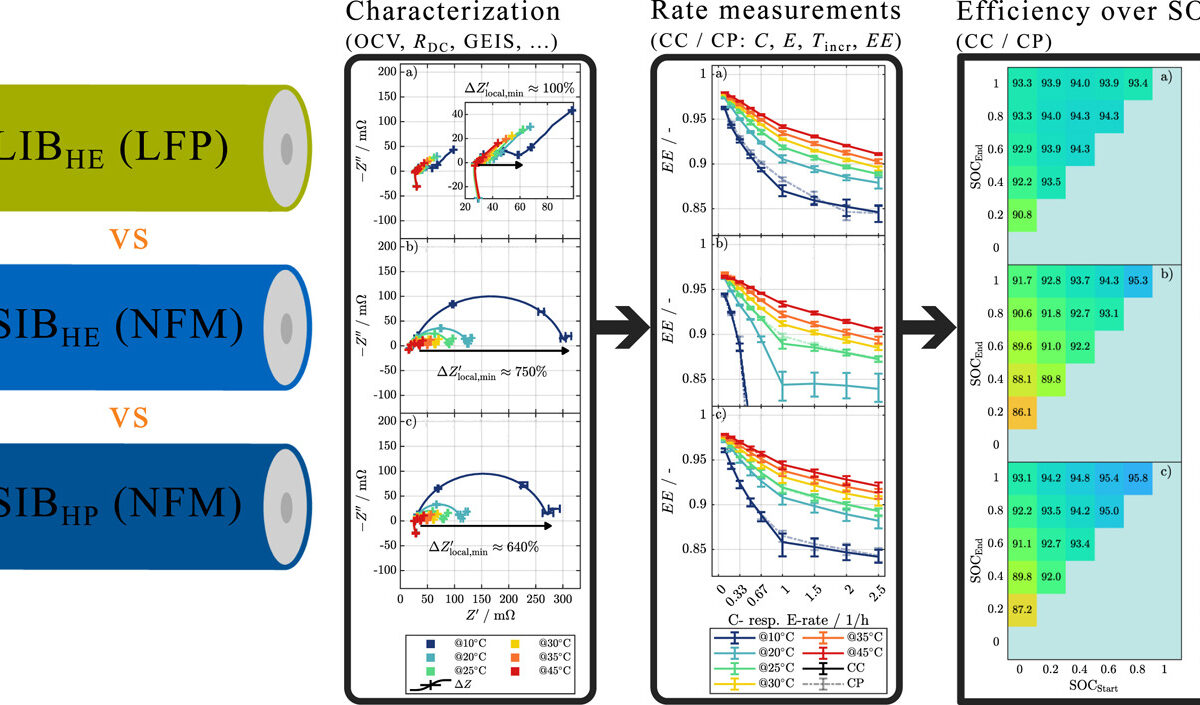Sodium-ion batteries are an increasingly competitive area of research, thanks to their potential for low cost energy storage based on abundant, non-toxic materials.
While the technology does not have energy density levels comparable to lithium-ion, it still thought of as viable for stationary storage projects and other areas where size is not a primary concern.
The material has so far seen little commercial adoption, as many of the materials required are sensitive to air and therefore expensive to produce and maintain performance levels.
Now, researchers at the University of Wollongong’s Institute for Superconducting and Electronic Materials (ISEM) have developed a material that is not sensitive to air, and exhibits strong cycling stability. The proof of concept cells developed by the team are described in the journal, Advanced Energy Materials.
The researchers now plan to work on optimizing the material to maximize its cycle life and ease of manufacturing. “With new materials and processing techniques we can focus on further development that will pave the way for the transition to commercialisation of this exciting and much-needed alternative to lithium-ion batteries,” says lead researcher Wenbin Lu0.
ISEM researchers also published an additional paper in Advanced Energy Materials, which offers a broader discussion of progress toward commercialization of sodium-ion technology, and identifying key indicators for commercial viability.
“Commercial full-cell design includes optimising capacity balancing between the cathode and the anode, finding a stable electrolyte solution, choosing appropriate additives and binders, selecting a separator, as well as the production costs of the active materials for the electrodes and the overall manufacturing cost of the batteries,” says Luo.
“To a large extent, how the cycling performance, or battery lifespan, satisfies the requirements of large energy storage systems will determine its commercialisation progress. We need to develop batteries that provide a long life-span to justify the investment.”
This content is protected by copyright and may not be reused. If you want to cooperate with us and would like to reuse some of our content, please contact: editors@pv-magazine.com.




2 comments
By submitting this form you agree to pv magazine using your data for the purposes of publishing your comment.
Your personal data will only be disclosed or otherwise transmitted to third parties for the purposes of spam filtering or if this is necessary for technical maintenance of the website. Any other transfer to third parties will not take place unless this is justified on the basis of applicable data protection regulations or if pv magazine is legally obliged to do so.
You may revoke this consent at any time with effect for the future, in which case your personal data will be deleted immediately. Otherwise, your data will be deleted if pv magazine has processed your request or the purpose of data storage is fulfilled.
Further information on data privacy can be found in our Data Protection Policy.